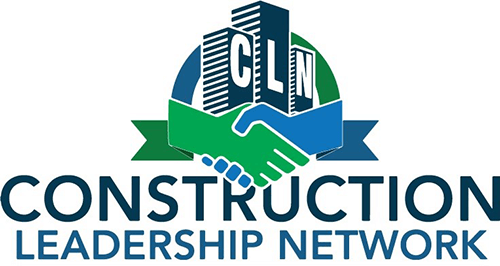
Construction is a risky business. A wide variety of risk factors are piled one on another throughout the construction transaction making it almost impossible to manage all construction business risks. Building long term complex projects for a fixed price under the scrutiny of multiple inspectors, bankers, sureties, and other interested parties feels like buying a lottery ticket and hoping you’ll beat the odds. Owners, designers, skilled labor, competitors, location, weather, and supply chains all conspire to eat up profits and keep contractors scrambling for cash. As one construction professional remarked, “If you’re not a gambler don’t manage a construction company.”
We’ve Got This
Any attempt at risk management in construction should be welcomed like a hometown war hero. Most construction professionals, however, seem to believe that risk is controlled through experience and intuition.
- “I have selected my jobs for years and can feel the ones that are too risky to take on,” one contractor told me.
- “We can build anything in our specialty–almost anything at all within reason. We are a team of seasoned professionals. We’ve been at it a long time.”
- “Most of the risk has to do with unforeseen developments. Any risk factors I can see I can adjust around and save almost any project. That’s what managing risk is all about.”
- “You always have weather, labor shortages, inflation, supply chain problems, cantankerous owners, and conservative bankers. Every successful contractor knows enough to factor those variables in.”
Until You Don’t
Years ago, I was called in to complete the concrete work on a water treatment plant in the middle of a desert. A leading concrete subcontractor from the Midwest was doing the work when they suddenly ran out of cash, abandoned the project and filed for bankruptcy. They had been invited to bid on the concrete portion of the work because of their reputation for completing their projects on time and on budget. There were few concrete contractors in this remote area who could take on this complicated concrete work, so they won the bid and went to work. Everything looked good.
- They had successfully built two previous water treatment plants in the Midwest.
- The team who had managed those projects was still on the payroll.
- The design firm had recommended them for the job.
- The owner had secured all the necessary funding.
- Rainy weather was not a risk factor in the desert.
- The estimators had factored in the incremental cost of working in a remote area far from the company headquarters.
Let’s Get to Work
When the site work and underground utilities were in place the concrete work began. By this time, the contractor had discovered that in this location it was much too hot to mix and place concrete in the normal fashion. He came to find out that the concrete would cure (dry) too fast in this heat and humidity which would cause shrinkage cracks. Much to the contractor’s surprise, ice was required in the concrete mix. An industrial grade ice making machine had to be erected on the job site and operated by highly skilled technicians around the clock including weekends, while concrete was being produced. This involved huge costs and slowed the job down to such a degree that it rendered the contractor’s bid and completion schedule almost meaningless. Attempts to negotiate extras or reassess the original bid fell on deaf ears so the contractor soldiered on until the money ran out. That’s when the surety had to take over.
What I’m Trying to Say
For decades, sureties hired my company to complete thousands of jobs that were abandoned by contractors who had suddenly run out of money. From this unusual view of contractors sudden failures, I compiled data for a research study and, eventually, The Project Selection Program emerged.
To sum up the principles that resulted from the research:
- Contractors should conduct a detailed statistical analysis of the risks embedded in every potential contract.
- Studying how bookmakers set the line on football games would not be going too far afield.
- A best guess from experience and intuition doesn’t work. The accurate risk profile created by statistical analysis does.
- No odds maker would last long relying on a vast knowledge of football to get a “feel” for the outcome and point spread.
- A careful analysis of your company’s current technical and financial capacity against the unique requirements of each potential project not only reduces operating risk but also outlines the costs before the contract is signed. There is no “oops” after you start the project.
Project Selection Program is free at: https://tools.simplarbenchmarking.org/projectselection.
Next week we’ll discuss the role of the CFO in risk management.
For more information about The Project Selection Program, read more at: SELECTION
For a broader view of project selection factors, read more at: FACTORS
To receive the free weekly Construction Messages, ask questions, or make comments contact me at research@simplarfoundation.org.
Please circulate this widely. It will benefit your constituents. This research is continuous and includes new information weekly as it becomes available. Thank you.


